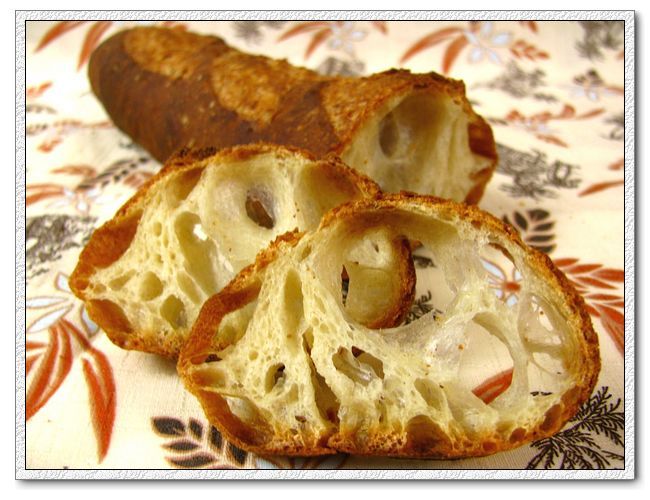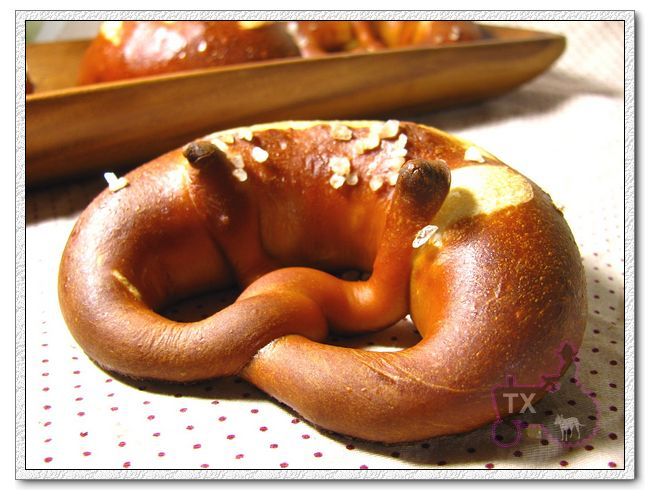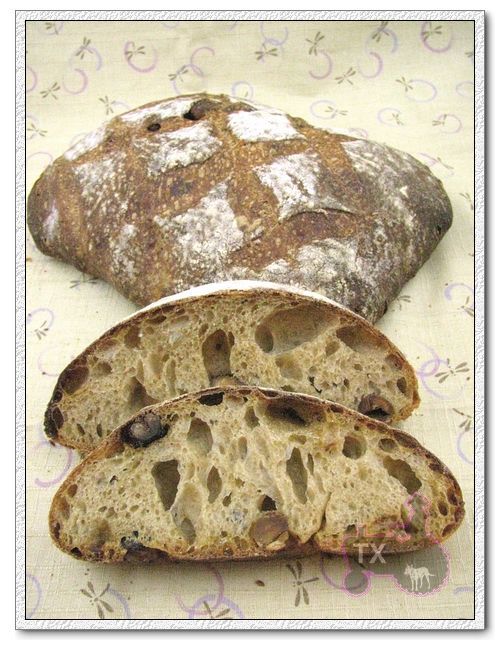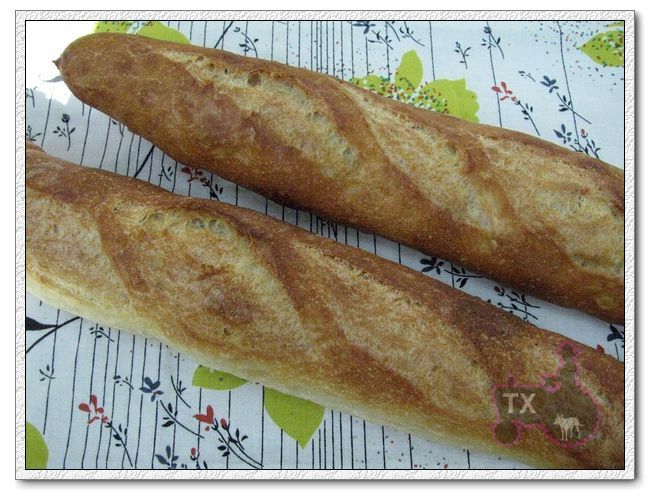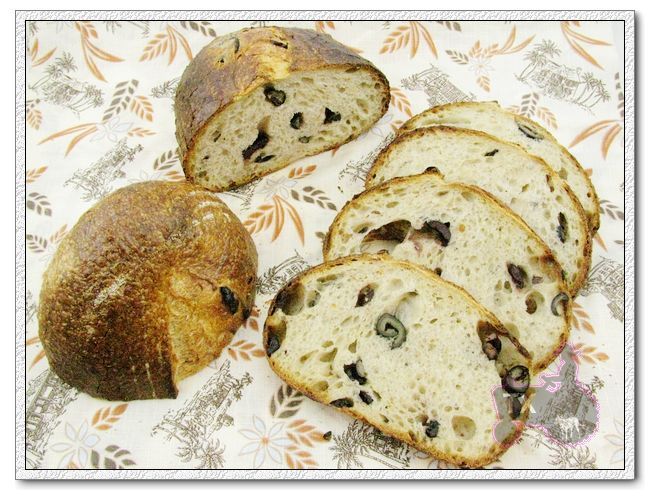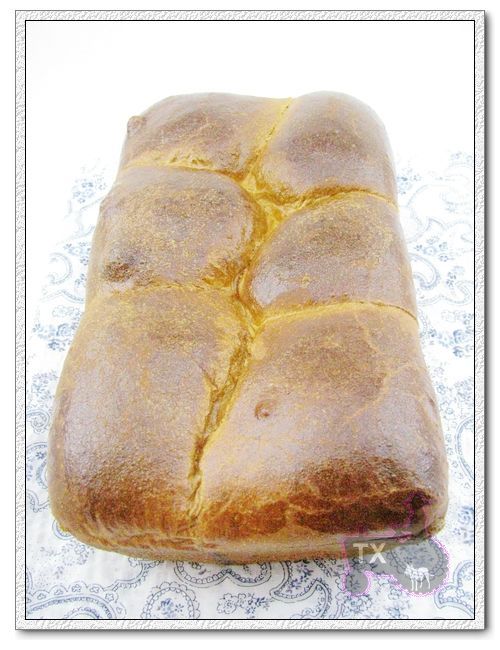Mr. Potato Bread from "Bourke Street Bakery"
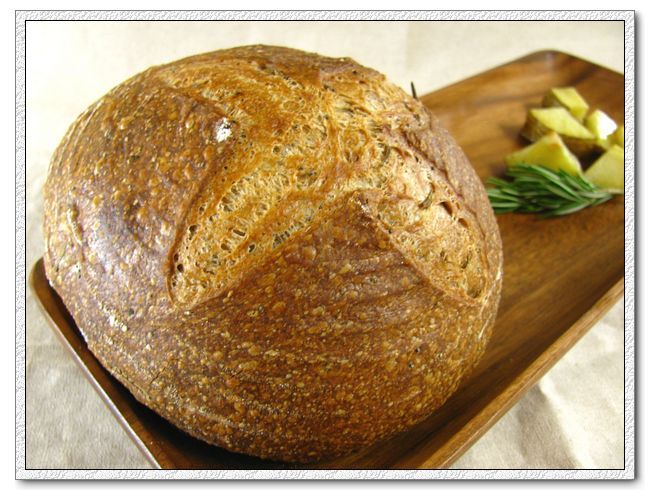
Another bread from the book "Bourke Street Bakery", using the same white sourdough dough as this hazelnut current bread. The potatoes were roasted until barely soft and chopped to big chunks, so that they don't get lost in the dough. I have had too many potato chunks disappearing into the bread, I might have over-compensated and chopped them "too big", however they are delicious though.
